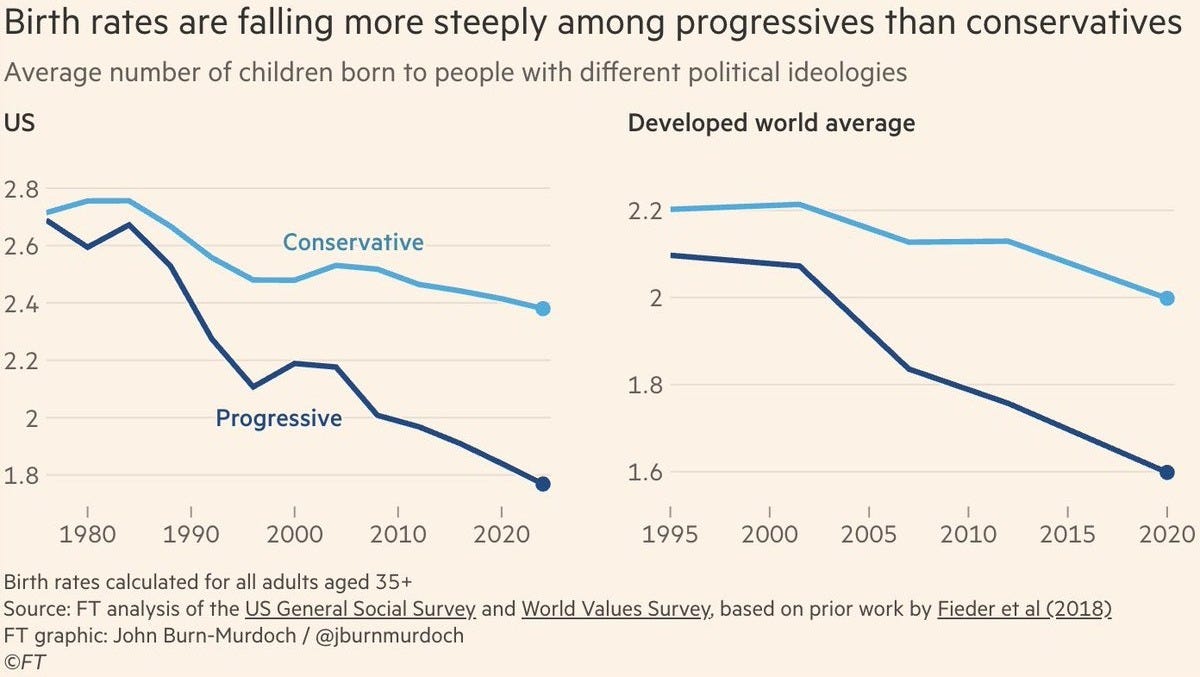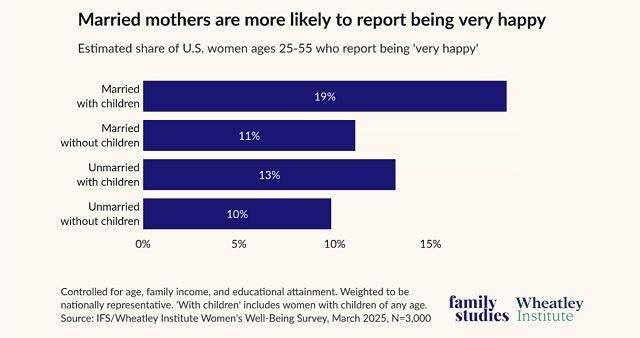The World’s First Behavior Transplant, 6 New Findings on Personality, and the Placebo Effect’s Evil Twin
The Nature-Nurture-Nietzsche Linkfest for August 2025

If years were letters, the average human lifespan would not be longer than this sentence.
In Case You Missed It…
Notice: Price Increase
In September, I’ll be putting up the price of a paid subscription to The Nature-Nurture-Nietzsche Newsletter. If you’d like to lock in a subscription at the current rate, now’s the time to do it!
Welcome to the August edition of the N3 Newsletter Linkfest: a collection of links to papers and articles that grabbed my attention over the last month. In this installment, we’ll look at how the tarantula got its gigantic genitals, an unexpected contributor to the gender pay gap, and new research showing that women are sometimes more aggressive than men. We’ll explore six new findings on love and marriage, three new findings on happiness, and six new findings on personality. And I’ll also share my favorite controversial tweets of the month. Hope you enjoy the post!
You can access the complete collection of Linkfests here.
The World’s First Behavior Transplant
Scientists have performed the world’s first behavior transplant: They’ve successfully transferred a courtship behavior from one species of fruit fly (Drosophila subobscura) to another species that doesn’t naturally exhibit it (D. melanogaster). They did this by inducing expression of a gene that reshaped a key part of the latter’s brain. [Link.]
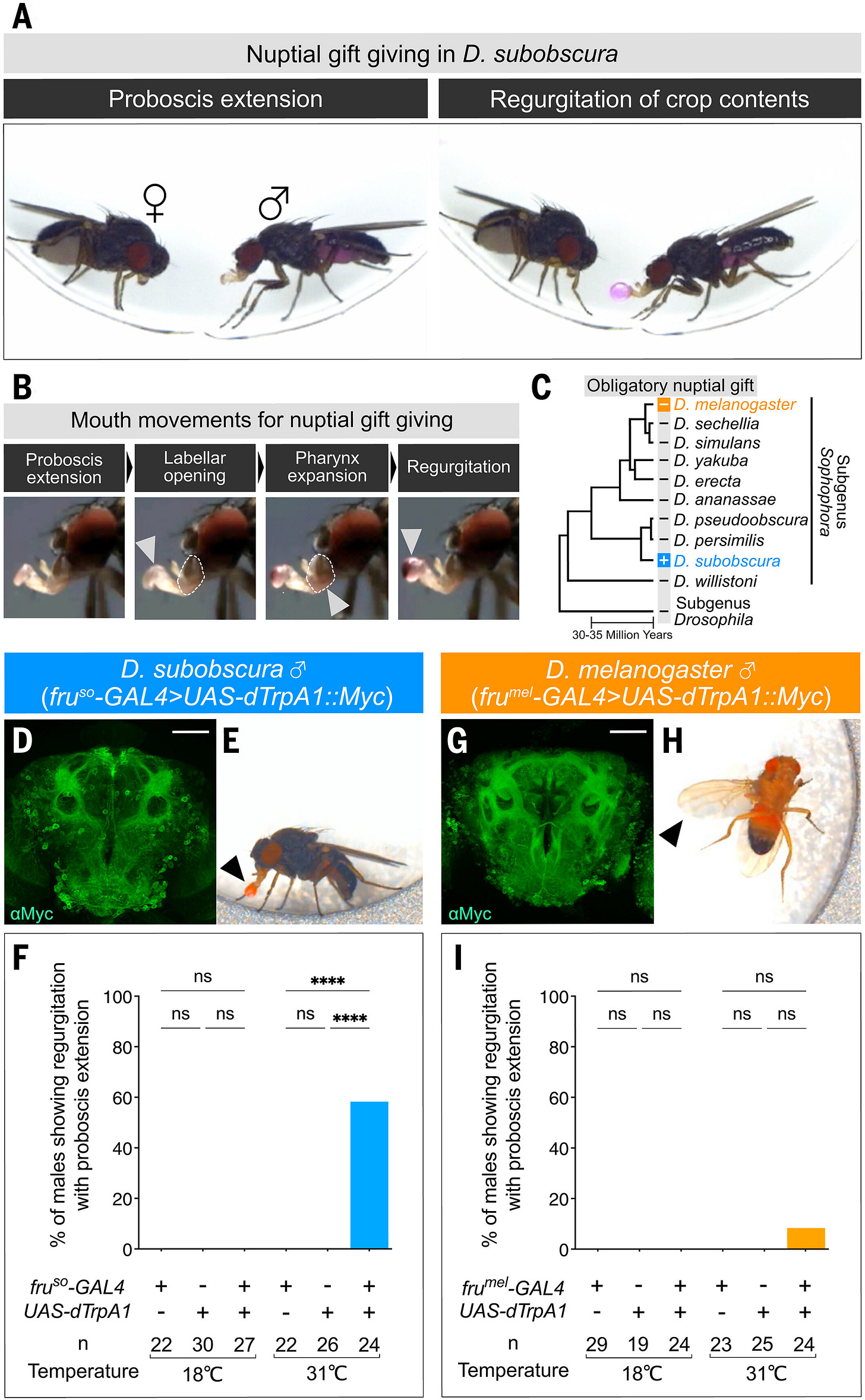
Source: Tanaka et al. (2025).
Scientists Solve the Mystery of Male Tarantulas’ Record-Breaking Genitalia
Male tarantulas are famously well endowed: They’re the proud owners of some of the largest genitals known to science (relative to body size, to be clear). According to a new paper, they evolved their mighty genitalia - shown in the figure below - so they can keep their distance from females while mating, thus reducing the chances of the female eating them. If you’re thinking “Hey, those look a lot like the appendages on their heads,” you’re right; that’s what they are. That’s where male tarantulas keep their junk. [Link.]
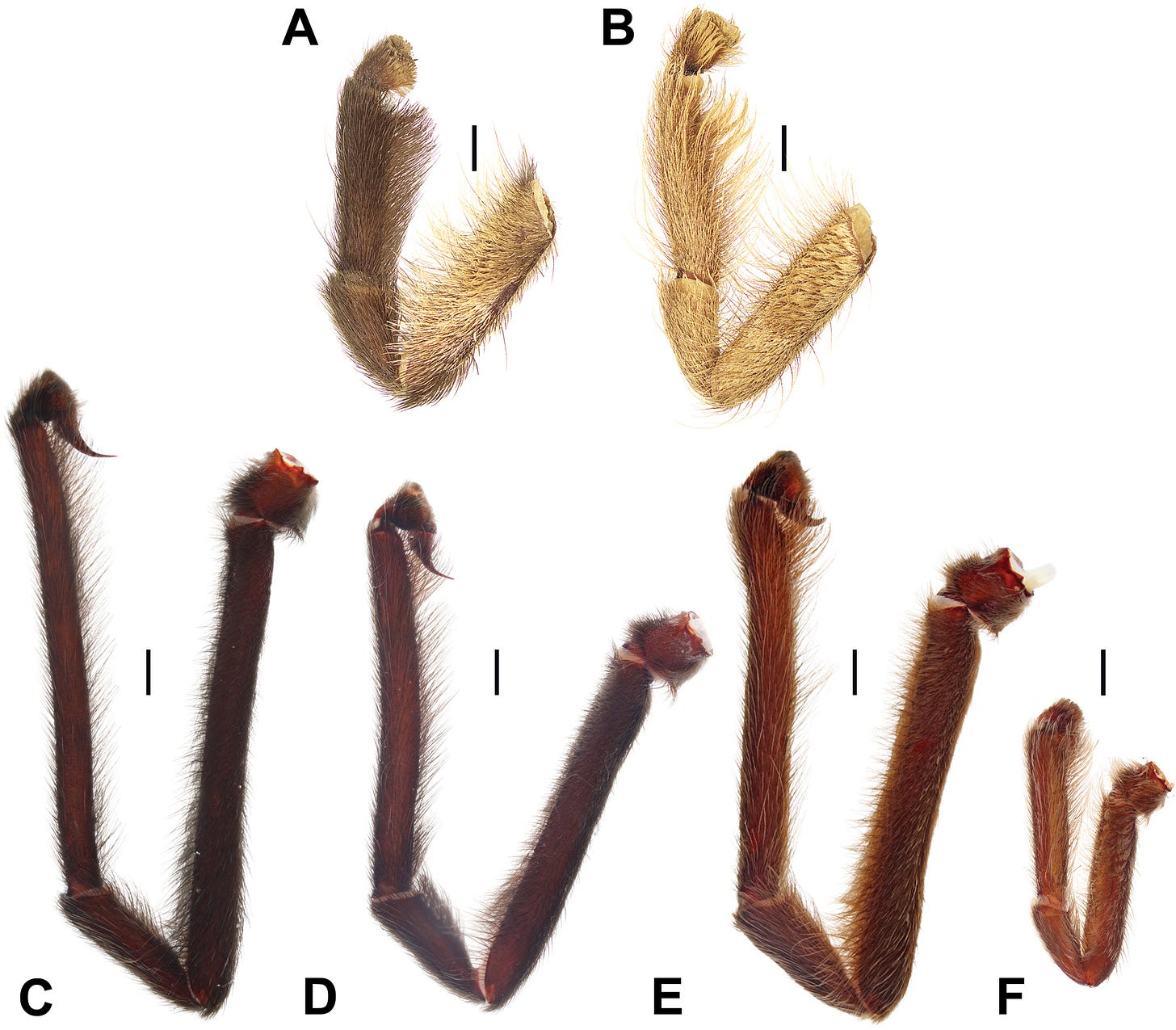
Source: Zamani et al. (2025).
What’s New in Political Psychology?
When reporting on suicides, left-leaning media tends to emphasize societal factors, whereas right-leaning media tends to emphasize individual-level factors. Both are presumably involved, at least at an aggregate level. Thus, both political teams focus on only half the picture - a common occurrence, in my opinion. [Link.]
When asked about the political views of fictional good guys and bad guys, lefties attribute left-wing views to the goodies and right-wing views to the baddies, whereas righties do the reverse. [Link.]
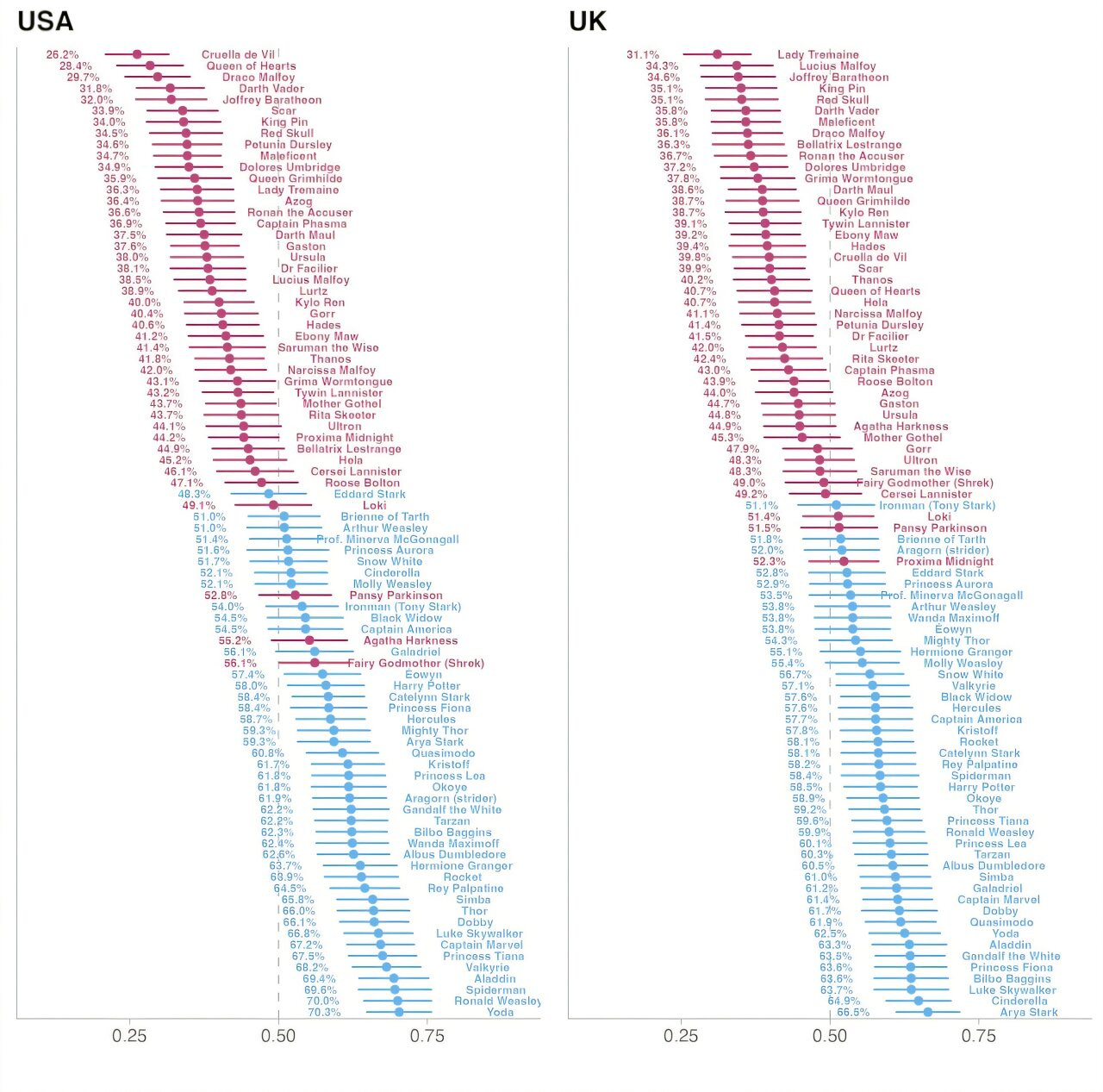
Source: Turnbull-Dugarte (2025).
Politics Through the Eyes of a Child
Speaking of politics, here are children’s answers to the question “What is politics?” [Link.]

Photo Credit: Brian Earp.
ADHD Meds Linked to Lower Crime, Self-Harm, and Accidents
I worry that we throw psychiatric drugs at people far too readily these days, prescribing them to many who don’t need them. But I’m not a blanket opponent of these medications; I think they’re definitely sometimes useful. Case in point: A recent paper in JAMA Psychiatry reported that ADHD medication reduces rates of crime, self-harm, traffic accidents, and unintentional injury in people diagnosed with this condition. [Link.]

Source: Li et al. (2025).
New Research on the Gender Pay Gap
A controversial new paper suggests that women’s menstrual cycles account for as much as 14% of the gender pay gap. The authors find that women under 45 are more likely than men - and than women over 45 - to be absent from work 28 days after their last absence. These cyclical absences lead to sex differences in productivity and ultimately rates of promotion. If true, the finding says a lot about how bad menstrual problems can be. [Link.] HT Crémieux
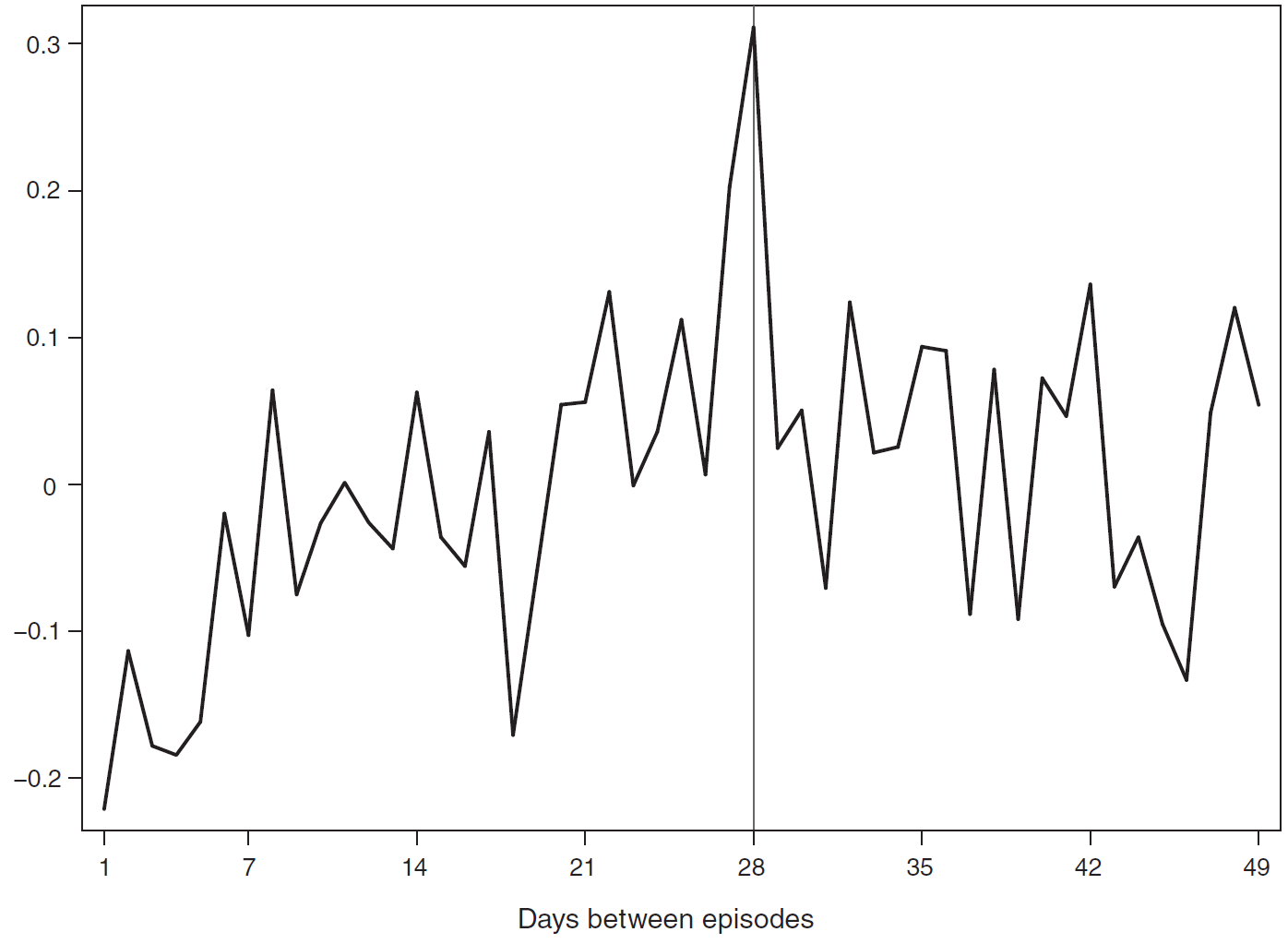
Gender differences in the distribution of the distance between consecutive absence spells. Source: Ichino & Moretti (2025).
Modern Love: 6 Fascinating Findings
People who meet their romantic partners online tend to be less satisfied than those who meet them offline, in the so-called real world. On average, relationships that start online are lower in intimacy, passion, and commitment - the three core ingredients of love. [Link.]

Source: Kowal et al. (2025).
Here’s an interesting factoid: According to writer Mary Harrington, “the Pill [reduced the number of unplanned pregnancies] relative to the overall number of extramarital encounters. But the total number of extramarital encounters went up so dramatically that the absolute number of unplanned pregnancies didn’t shrink, it grew.” [Link.] HT Rob Henderson
Update: Harrington’s claim appears to be false. See this piece by fellow Substacker Alex Hill for the details:
We hear a lot these days about how fertility rates are in free fall. Turns out this is true mainly on the left of the political spectrum. [Link.]
Women who marry and have children tend to be happier. Despite the busyness and lack of me-time, they enjoy life more, are less lonely, experience more physical affection, and have a greater sense of purpose. Do marriage and kids boost women’s happiness, or are happier women just more likely to get married and have kids? Some research suggests that it’s at least partly the former. [Link.]




